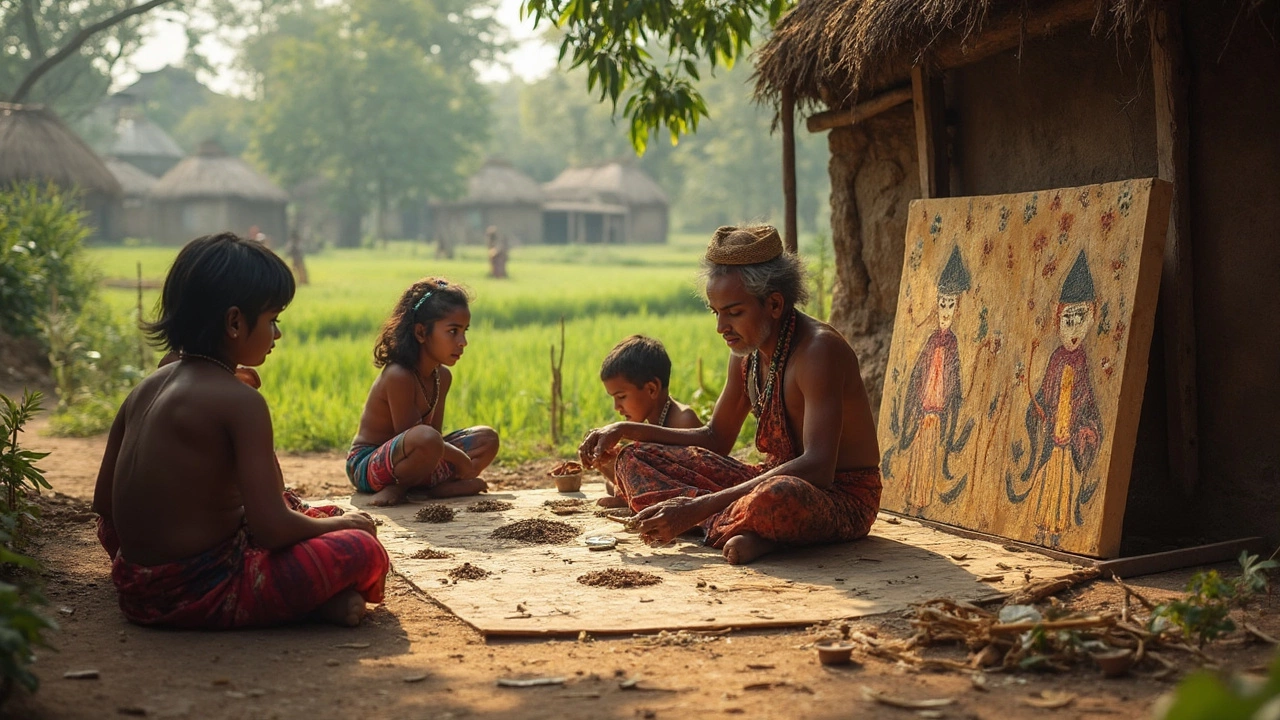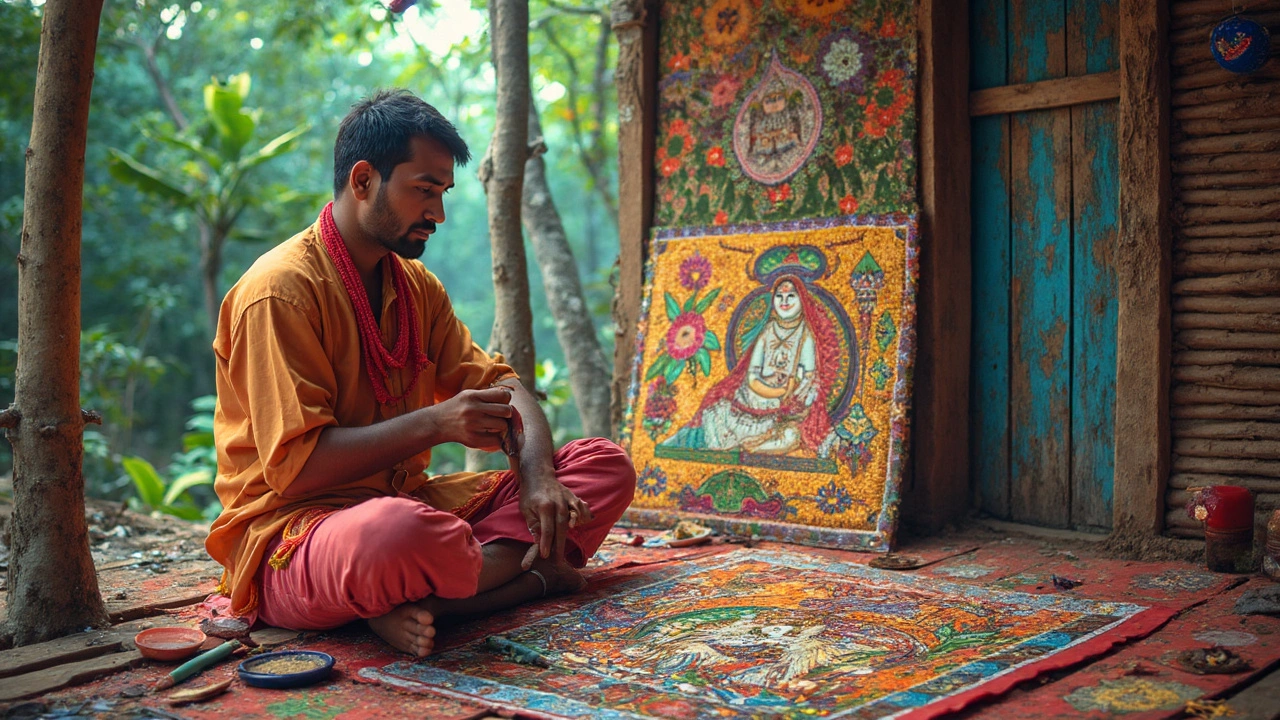
Exploring the Artistry of Maharashtra: A Dive into Handicrafts
Maharashtra is a treasure trove of traditional handicrafts that reflect the state's rich heritage. From the intricate Warli paintings to the vibrant Paithani sarees, each art form tells a story of culture and tradition. In this article, we explore six diverse crafts, offering insights into their history, creation process, and cultural significance. Discover the beauty and skill behind the art forms that bring Maharashtra's history to life. Whether you're an art enthusiast or someone curious about Indian culture, this journey into Maharashtra's crafts will captivate your imagination.

Best Crafts in India: A Journey Through Tradition and Artistry
India's vibrant culture shines through its diverse crafts, each with a unique story and artistry. From the intricate details of Madhubani paintings to the timeless elegance of Indian textiles, these crafts not only reflect traditions but also provide livelihood to countless artisans. Discover the most cherished crafts of India that continue to enchant the world. Whether you're looking for aesthetic inspiration or interested in culturally rich products, Indian handicrafts offer something for everyone.

How to Sell Indian Handicrafts in the USA
Selling Indian handicrafts in the USA can be a rewarding venture given the country's appreciation for unique and culturally rich items. The key lies in understanding market demands, ensuring quality, and effective marketing. By exploring online platforms, participating in trade shows, and connecting with local retailers, sellers can increase visibility and reach. With the right strategy, Indian artisans can find a thriving market in the US.